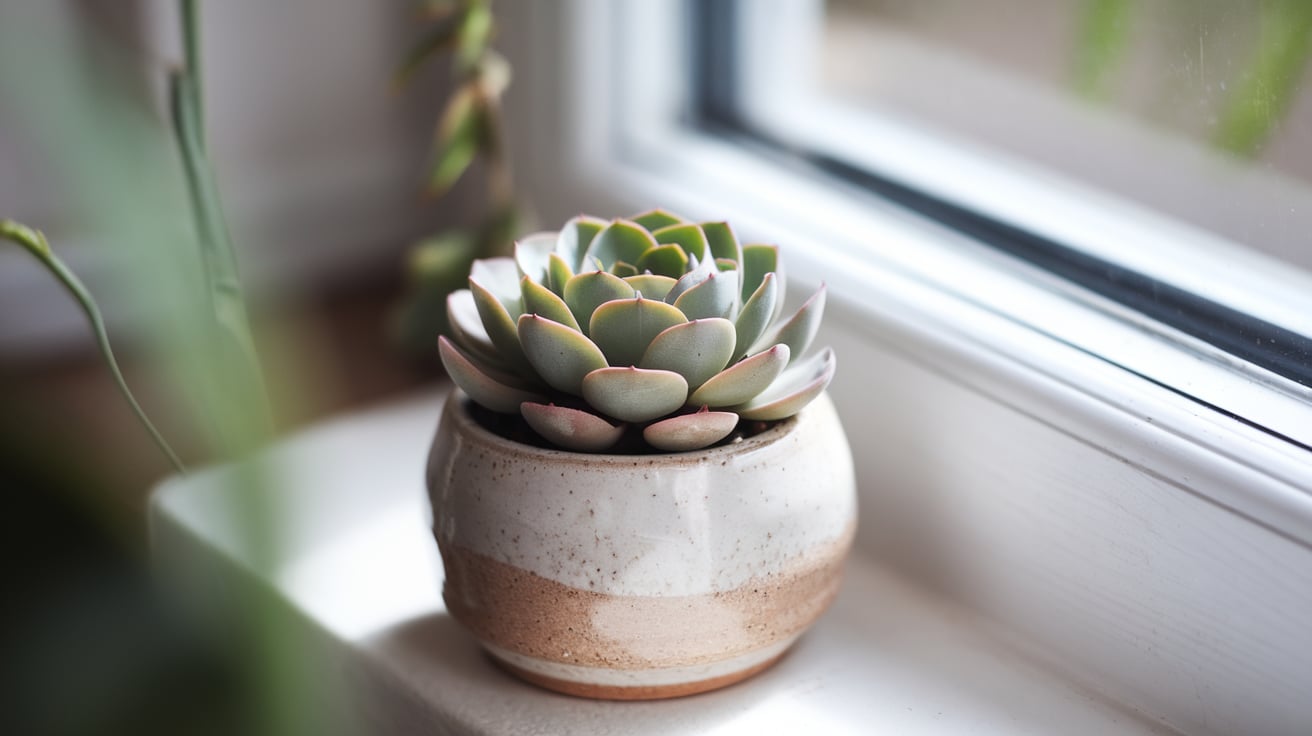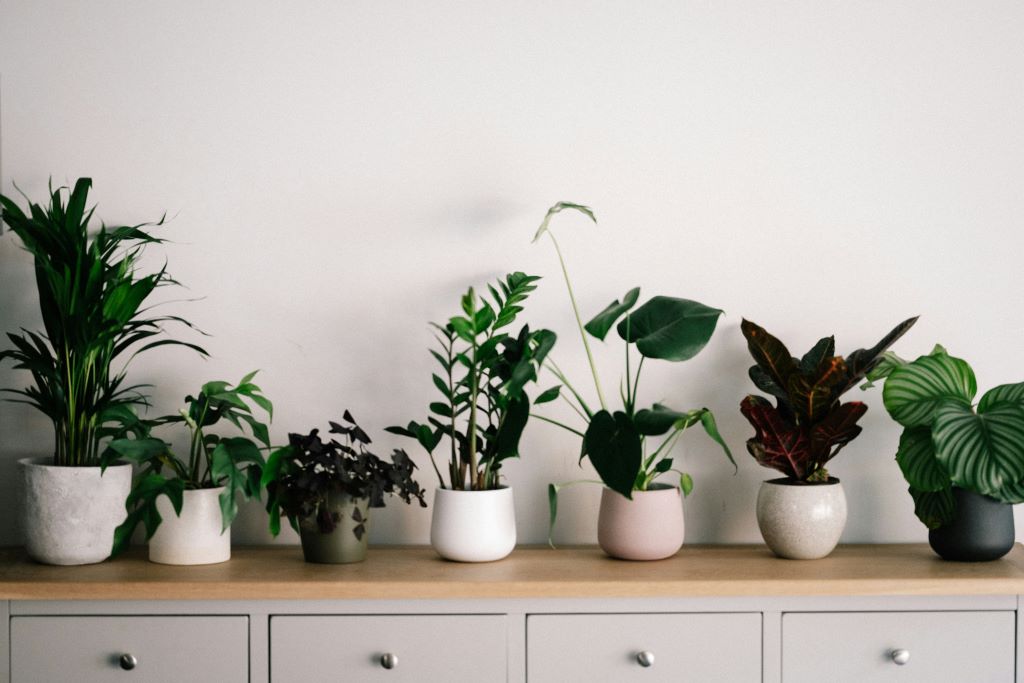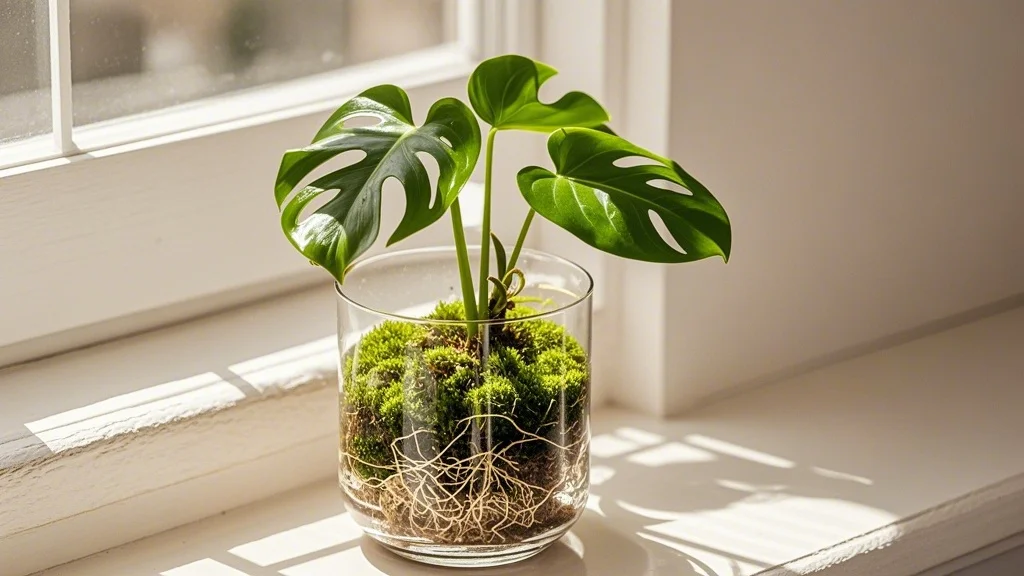Leaf propagation is a fascinating and rewarding method of creating new plants from just a single leaf. This technique is particularly popular among succulent enthusiasts and those looking to expand their indoor garden without purchasing new plants. In this comprehensive guide, we’ll explore the world of leaf propagation, focusing on which plants are suitable candidates and the various methods to ensure success.
Contents
Understanding Leaf Propagation
Leaf propagation is a form of asexual reproduction where a new plant grows from a leaf cutting. This method works because some plants have the ability to develop new roots and shoots from specialized cells in their leaves. While not all plants can be propagated this way, many popular houseplants and succulents are excellent candidates for this technique.
Plants Suitable for Leaf Propagation

Succulents
- Echeveria
- Sedum
- Kalanchoe
- Crassula (including Jade plants)
- Graptopetalum
Other Houseplants
- Begonias (especially Rex begonias)
- African Violets
- Peperomia
- Snake Plant (Sansevieria)
- Hoya
- ZZ Plant (Zamioculcas zamiifolia)
Methods of Leaf Propagation
1. Soil Propagation
This is the most common method for succulents and many other plants.
Steps:
- Choose a healthy leaf and gently twist it off the plant.
- Allow the leaf to callus over for 2-3 days.
- Prepare a well-draining potting mix.
- Place the leaf on top of the soil, with the cut end slightly buried.
- Mist the soil lightly and place in bright, indirect light.
- Wait for roots and a new plantlet to form.
2. Water Propagation
This method works well for plants like begonias and African violets.
Steps:
- Select a healthy leaf with a petiole (leaf stem).
- Fill a small container with water.
- Place the leaf so that the petiole is submerged but the leaf blade is above water.
- Change the water every few days to keep it fresh.
- Once roots form, transfer to soil.
3. Leaf Cutting Method
This is effective for plants with larger leaves like snake plants.
Steps:
- Cut a leaf into 2-3 inch sections.
- Remember which end was closest to the root system.
- Insert the bottom end about an inch into moist, well-draining soil.
- Keep the soil slightly moist and in bright, indirect light.
Factors Affecting Successful Leaf Propagation
Light
Most leaf cuttings require bright, indirect light. Direct sunlight can scorch delicate new growth.
Humidity
Higher humidity levels can encourage root growth. Consider using a humidity tray or clear plastic cover.
Temperature
Warm temperatures (70-80°F or 21-27°C) generally promote faster growth.
Soil
Use a well-draining potting mix. For succulents, add extra perlite or sand to improve drainage.
Water
Keep the soil lightly moist but not waterlogged. Overwatering is a common cause of failure in leaf propagation.
Troubleshooting Common Issues
Rotting Leaves
- Cause: Overwatering or poor drainage
- Solution: Reduce watering frequency and ensure proper soil drainage
No Root Growth
- Cause: Insufficient humidity or patience
- Solution: Increase humidity and give it more time (some plants can take months)
Leaf Shriveling
- Cause: Dehydration or natural process as energy transfers to new growth
- Solution: Mist occasionally if it’s dehydration, or be patient if it’s part of the process
Fungal Growth
- Cause: Excessive moisture and poor air circulation
- Solution: Improve ventilation and reduce watering
Caring for New Plantlets
Once your leaf cutting has produced roots and new growth, it’s time to care for your new plant:
- Wait until the new plant is about 1 inch tall before transplanting.
- Gently separate the new plant from the parent leaf if it hasn’t detached naturally.
- Plant in a small pot with well-draining soil.
- Water sparingly at first, gradually increasing as the plant establishes.
- Provide appropriate light conditions for the specific plant species.
Advanced Techniques
Hormone Rooting Powder
For difficult-to-root plants, dipping the cut end in rooting hormone before planting can increase success rates.
Leaf Vein Cuttings
For plants like Rex begonias, you can cut across the main veins of a leaf and pin it to soil to produce multiple new plants.
Leaf Bud Cuttings
Some plants, like Peperomia, can be propagated by cutting a leaf with a small portion of stem attached.
Best Practices for Successful Leaf Propagation
- Always start with healthy, disease-free leaves.
- Use clean, sterilized tools to prevent infection.
- Be patient – some plants take weeks or even months to show new growth.
- Maintain consistent environmental conditions.
- Avoid fertilizing until new plants are well-established.

Conclusion
Leaf propagation is an exciting way to expand your plant collection and hone your gardening skills. With patience and the right techniques, you can turn a single leaf into a thriving new plant. Remember that each plant species may have unique requirements, so it’s always beneficial to research the specific needs of the plant you’re propagating.
As you become more experienced with leaf propagation, you’ll discover the joy of watching new life emerge from a single leaf. This method not only allows you to multiply your favorite plants but also provides a deeper understanding of plant biology and growth processes. Whether you’re a succulent enthusiast or an indoor gardening aficionado, mastering leaf propagation will open up new possibilities for your urban garden.
Happy propagating, and may your leaves bring forth an abundance of new green life!








